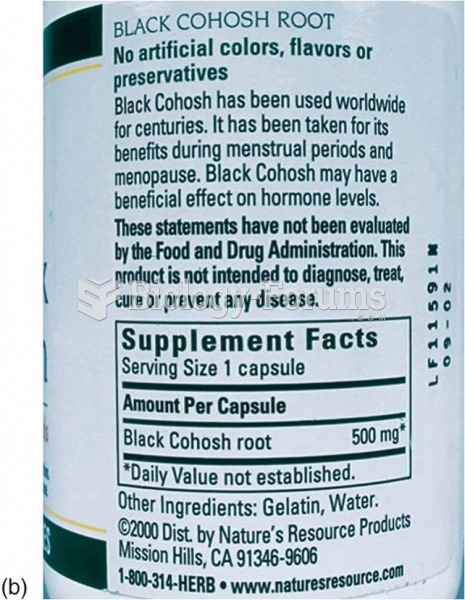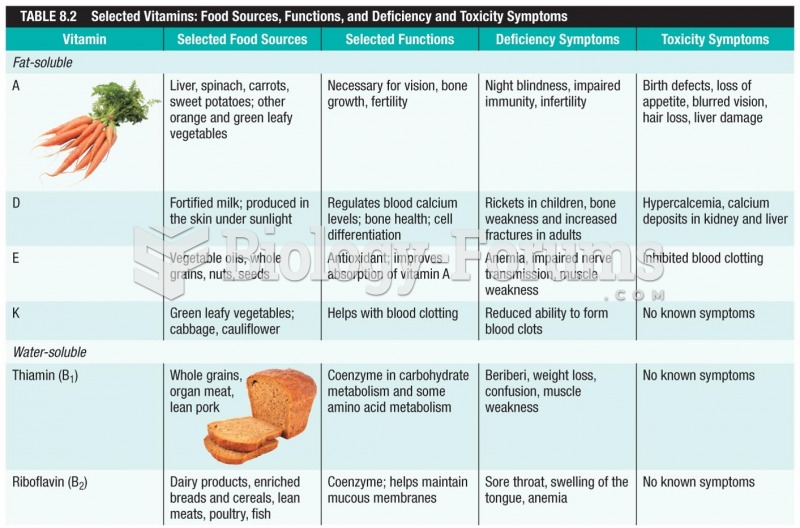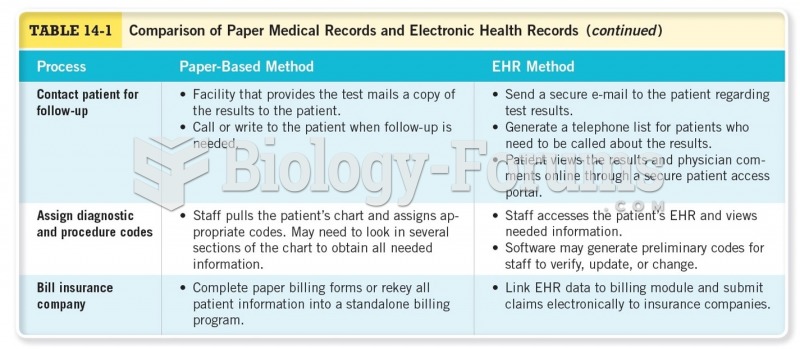Answer to Question 1
Answer: 2
Explanation: 2. Bulimia nervosa is characterized by uncontrollable eating followed by compensatory purging. The client with anorexia nervosa has an intense fear of gaining weight. Excessive overeating without compensatory purging and other behaviors is referred to as binge eating. Not eating for days at a time is not a characteristic of one of the major eating disorders.
Answer to Question 2
Answer: 1, 2, 4, 5
Explanation: 1. To help reduce workplace stress the population health nurse should advocate for or implement worksite stress-reduction programs, advocate for job control and decision latitude in the work setting, promote noise reduction in work settings, and provide relaxation training in workplaces. Referring to job training services helps prevent unemployment.
2. To help reduce workplace stress the population health nurse should advocate for or implement worksite stress-reduction programs, advocate for job control and decision latitude in the work setting, promote noise reduction in work settings, and provide relaxation training in workplaces. Referring to job training services helps prevent unemployment.
4. To help reduce workplace stress the population health nurse should advocate for or implement worksite stress-reduction programs, advocate for job control and decision latitude in the work setting, promote noise reduction in work settings, and provide relaxation training in workplaces. Referring to job training services helps prevent unemployment.
5. To help reduce workplace stress the population health nurse should advocate for or implement worksite stress-reduction programs, advocate for job control and decision latitude in the work setting, promote noise reduction in work settings, and provide relaxation training in workplaces. Referring to job training services helps prevent unemployment.







